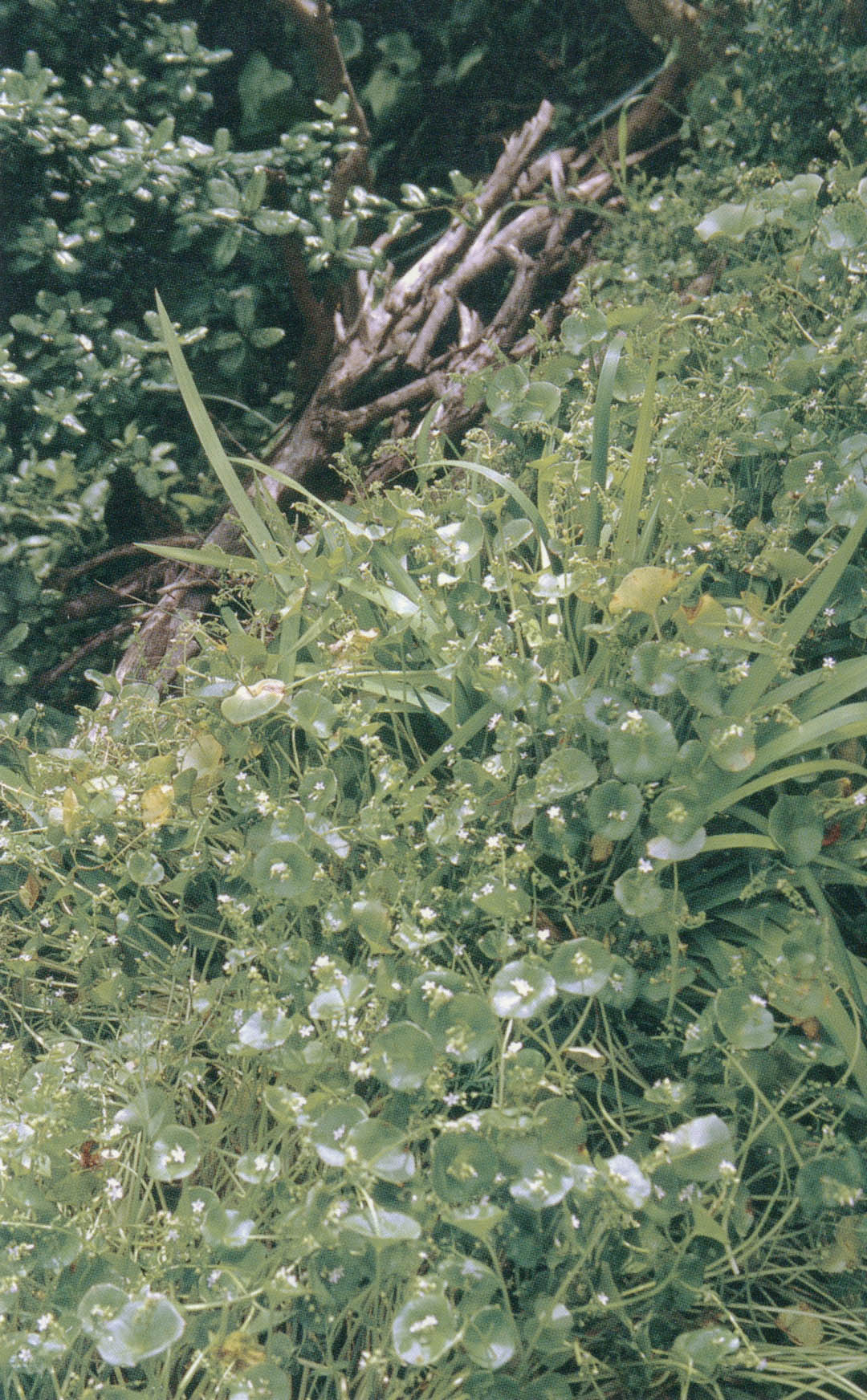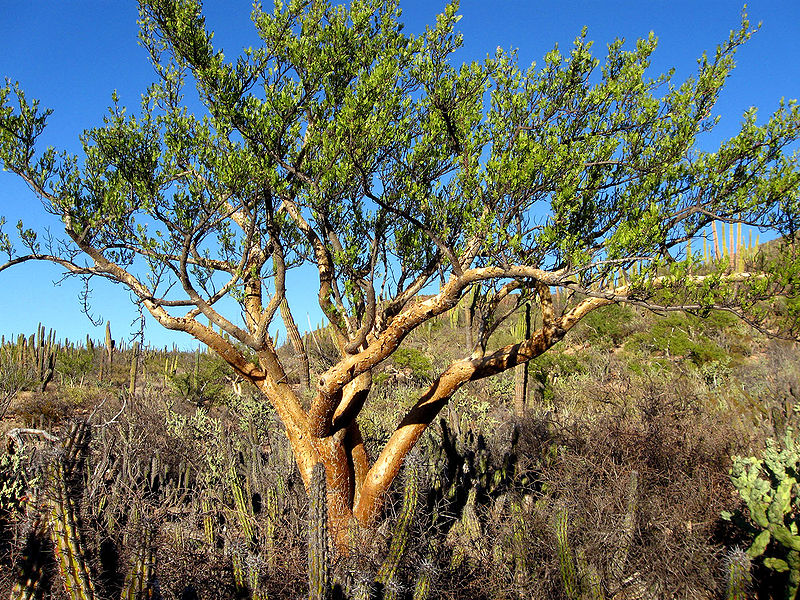

Contributor
- Topics: Archive, Nature is Good For You
Miner’s lettuce (Claytonia perfoliata) overtaking native iris (Iris douglasiana) in the author’s garden
I was thrilled to see a few native plants re-emerging in my hillside garden upon the removal of the last of the smothering ivy and invading broom and black-berries. Most have been annuals, whose seeds may well have lain patiently under the ivy for a couple of decades; none of them were particularly exciting, but they served a purpose.
Pearly everlasting (Anaphalis margaritacea) was the first to appear; admittedly cosmopolitan in its distribution, it is actually listed in A Flora of San Francisco as belonging here, even in my own neighborhood. Its silvery foliage is attractive and the tiny flowers provide nectar for the smaller beneficial insects. Equally widespread is American vetch (Vicia americana), whose roots, I hoped, would help fix nitrogen in the soil.
I had set aside the topmost part of the hill for San Franciscan native plants—those that might have been found here in the San Miguel Hills before Europeans settled. I tucked in small plants of ceanothus, zigadene (Zigadenus fremontii), iris (I...
READ THE WHOLE STORY
Join now to access new headline articles, archives back to 1977, and so much more.
Enjoy this article for FREE:
Articles: Calochortophilia: A Californian’s Love Affair with a Genus by Katherine Renz
If you are already a member, please log in using the form below.
Share:
Social Media
Garden Futurist Podcast
Most Popular
Videos
Topics
Related Posts

Ground Up Science for Greener Cities with Garden Futurist Dr. Alessandro Ossola
Spring 2023 Listen to the Podcast here. Alessandro Ossola is a scientist who gets very excited about the challenge of climate change allowing for an

Readying Urban Forests for Climate Realities with Garden Futurist Dr. Greg McPherson
Winter 2023 Listen to the Podcast here. “Going from the mow and blow to a more horticulturally knowledgeable approach to maintaining the landscape. And that

Welcome, Greywater, to the Garden
Summer 2022 Oh, summer: delightful warm air, tomatoes swelling on the vine, fragrant blooms on an evening stroll. When it’s warm and rainless, how is

Big Tree-Data and Big-Tree Data with Garden Futurist Matt Ritter
Summer 2022 Listen to the full Garden Futurist: Episode XV podcast here. We are in an environmental crisis right now in many parts of California










